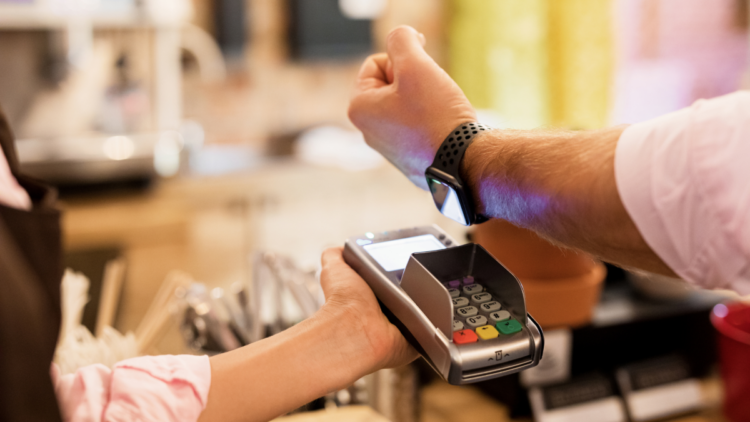[ad_1]
Last year Apple introduced its own take on “buy now, pay later” (BNPL), Apple Pay Later. The name is a play on Apple’s existing mobile payment service, combined with the “pay later” appeal of BNPL financing. Using Apple Pay Later is essentially taking out a loan, like any BNPL service.
So how exactly does Apple Pay Later work, and what sets it apart from other BNPL programs—for better or for worse?
What is “buy now, pay later?”
A “buy now, pay later” service is exactly what it sounds like: You can make a purchase immediately, and then pay for it through a series of installments over time. Although BNPL has some perks for breaking up a major expense, there are risks involved. Even if these loans have little-to-no interest, you are still taking on debt. That’s why Lifehacker has previously advised against making a habit of using these services. They’re helpful if you really need to finance something big, but whenever possible, it’s best to avoid taking on debt for everyday expenses.
How does Apple Pay Later compare to other BNPL services?
Apple Pay Later works like most other BNPL services, like Klarna, Afterpay, Zip and ‘Pay in 4’ with PayPal. Apple Pay Later divides your purchase into four equal installments, each due two weeks apart, with the first payment due immediately. All of these services only offer one loan option of four interest-free payments. The interest-free aspect is key, and perhaps the biggest appeal of any BNPL program.
The perks: As Apple explains on their site, there’s no impact to your credit when you apply for an Apple Pay Later loan, and you’ll know if you’re approved in seconds. Plus, “to help prevent users from taking on more debt to pay back loans,” Apple doesn’t allow credit cards. That means you’ll need to link a debit card to the service. Plus, if you’re already an avid Apple Pay user, there’s the convenience of everything you do being all in one place.
There are limitations: Apple Pay Later is only for purchases between $50 and $1,000 made on iPhone and iPad devices that support Apple Pay. So, if you wanted to make a $500 purchase, your first payment would only be $125. Then you’d pay $125 three more times every two weeks.
The biggest difference between Apple Pay Later and competing BNPL services is that Apple doesn’t charge any fees. Klarna and Afterpay both charge fees for late payments, and Zip charges both late fees and fees on each installment.
What are the risks of Apple Pay Later?
As I mentioned above, Apple users may be drawn to the convenience of Apple Pay Later. However, that convenience might just be the biggest risk—both of Apple Pay Later, and perhaps BNPL services in general. They can make it all too easy to spend more than you can actually afford. The Consumer Financial Protection Bureau released a report that shows BNPL users were more likely to have higher credit card debt, delinquencies on other credit products, and lower credit scores than nonusers.
In addition to the risks of BNPL as a financial practice, Apple Pay Later is, quite simply, ominous. Let’s say you don’t even fear the growing omnipotence of Apple as a company. For you, as a consumer: Do you really want the company that makes your phone and your laptop and your watch and your TV to also be…your bank? Your lender? Even if Apple Pay Later is not uniquely nefarious, it makes sense to think twice before giving one company so much power.
Tips for using Apple Pay Later
If you are going to use Apple Pay Later (or any BNPL service) keep these tips in mind:
-
Think about your current and future budget. When a bigger payment gets broken down into smaller installments, you might find yourself overspending in the long run because it “feels” like you can afford it. Stay on top of how much you’re actually spending, and how it will impact your overall budget going forward.
-
Stick to the essentials. BNPL should really only be used on completely necessary purchases that you can’t afford upfront, but can afford in six weeks.
-
Keep an eye on your account balance. Apple Pay Later is not a credit card. Even if Apple doesn’t charge fees for missed payments, your bank will still charge you overdraft fees. Plus, if you default on a BNPL loan, you’re at risk of damaging your credit score.
The most important thing is financial mindfulness: Before you use Apple Pay Later, be thoughtful about why you’re taking on this debt in the first place.
[ad_2]
Source link



No Comments
Leave Comment